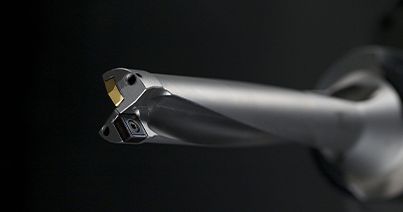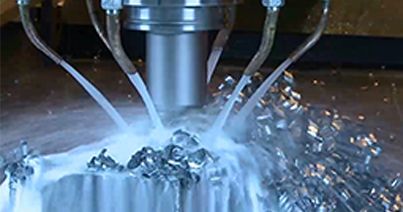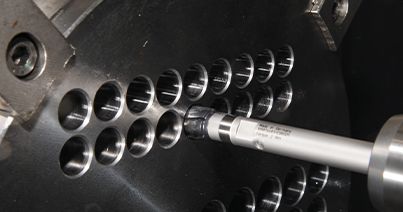Romicron™ High Performance Fine Boring System
We're going to look at fine boring applications. Not too long ago, we made diameter adjustments in the machine and eliminated the time-consuming fine adjustment at a presetter with the eBore™ digital display. Today, we're looking at this smart device here: the Romicron closed-loop boring pin. eBore and Romicron both feature a whole accuracy of up to IT6, whole cylindricity of up to 5 microns, and hole position of up to 5 microns. But with Romicron, fine boring applications can be fully automated, which is important for large volume production. And that's what we're going to demonstrate here today.



